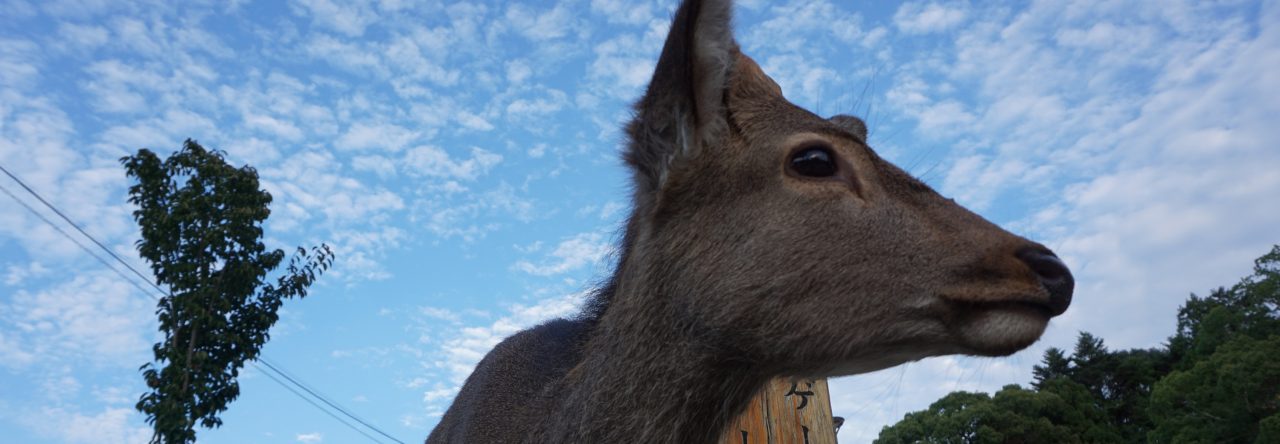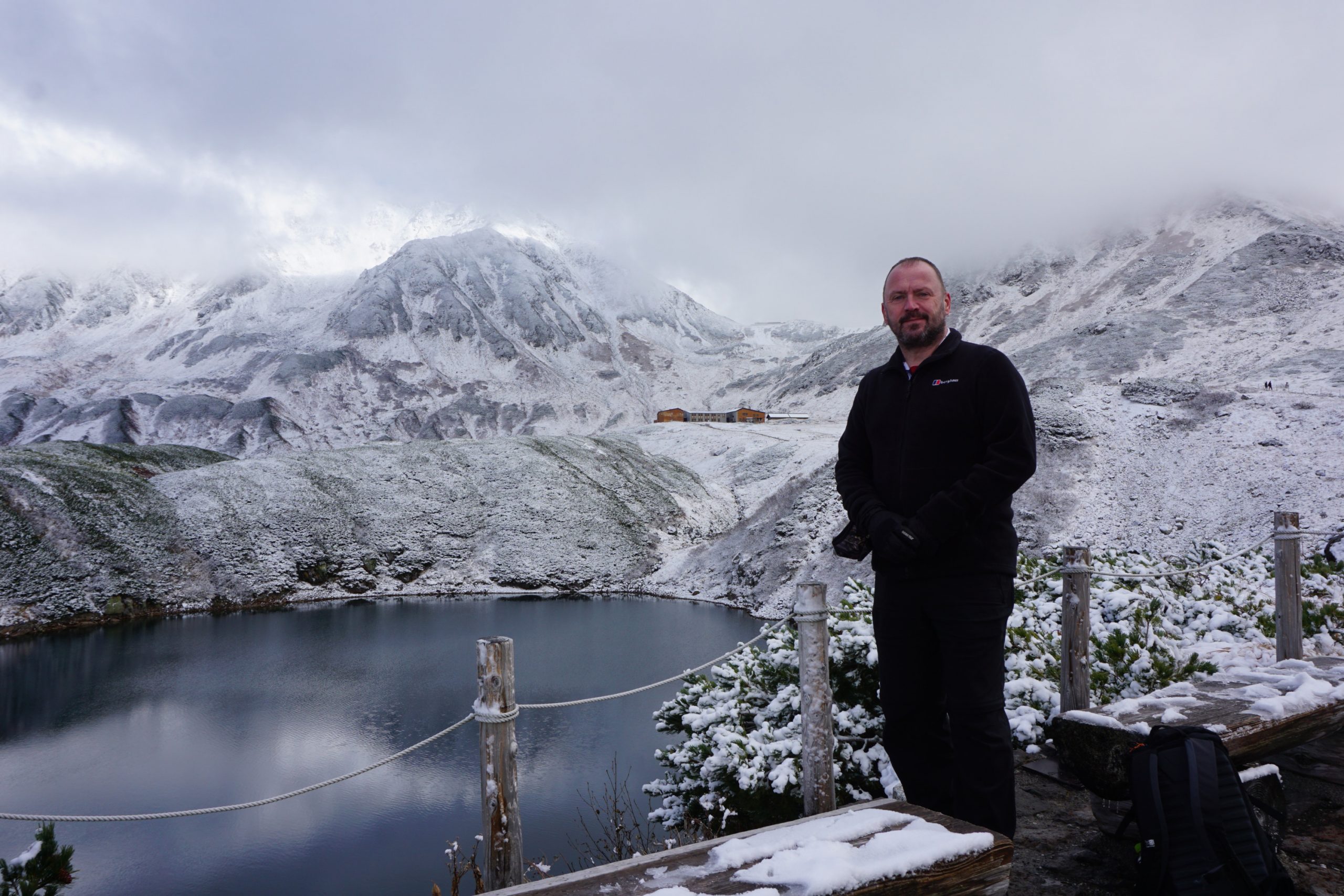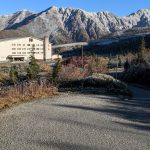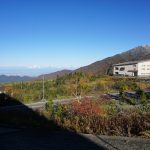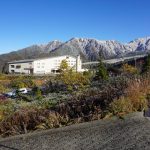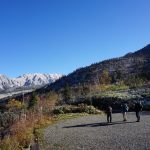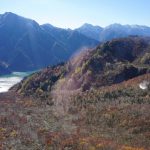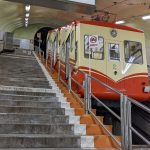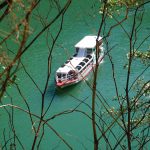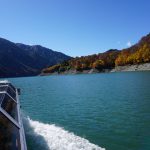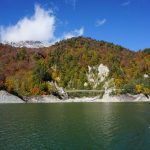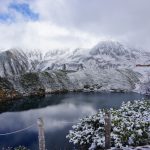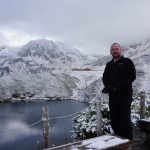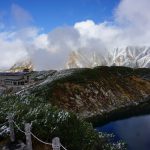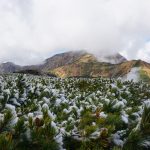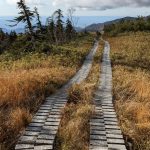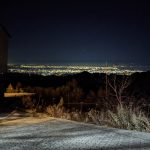October 18th 2022:
At breakfast, Keiren updates me on my new found friend from Daruma last night – apparently he’s a legendary pisshead and can be very off the wall indeed.
Luckily I get a lift to the next station along – as I’m heading north, and I really didn’t want to lug my suitcase and rucksack down 462 stairs… pretty similar vibe to this one, but at least the tunnel is at ground level (yes, that’s daylight at the end!):
 Trains via Joetsu and Toyama (first shinkansen of the trip!) take me to Tateyama Station, en route to the Tateyama Kurobe alpine route. This is an amazing journey on multiple forms of transport which was used to transport the men and materials to build the highest dam in Japan – Kurobe Dam.
Trains via Joetsu and Toyama (first shinkansen of the trip!) take me to Tateyama Station, en route to the Tateyama Kurobe alpine route. This is an amazing journey on multiple forms of transport which was used to transport the men and materials to build the highest dam in Japan – Kurobe Dam.
I had hoped to take a sidetrip via taxi to Shōmyō Falls, the highest waterfall in Japan, but on arriving at Tateyama station it transpired that taxis needed to be called from Toyama – 30 minutes away. This would mean I wouldn’t make the next connection to my accommodation so sadly had to abandon the idea. Plus it was pissing it down. Went for chicken kara’age and chips at the nearby cafe instead, a good call.
First mode of transport was the Tateyama Cable Car, an inclined one that travels from 475m above mean sea level (AMSL) to 977m. This clip is actually from the return trip a couple of days later, and shows the hitchhiking track workers that hopped on the service car at the front:
This image is from the Tateyama Kurobe Alpine Route website, and shows the whole route from one side to the other:
I was going to do the round trip to Kurobe Dam, and to give me some more time on the way I was staying at Kokuminshukusha Tateyamaso lodge at Midagahara. The Tateyama Highland Bus was the next leg, taking us from 977m to 1930m at Midagahara. It’s a bus – I didn’t take any photos 😁. Mind you, between April and early June this bus takes you through some pretty spectacular scenery:
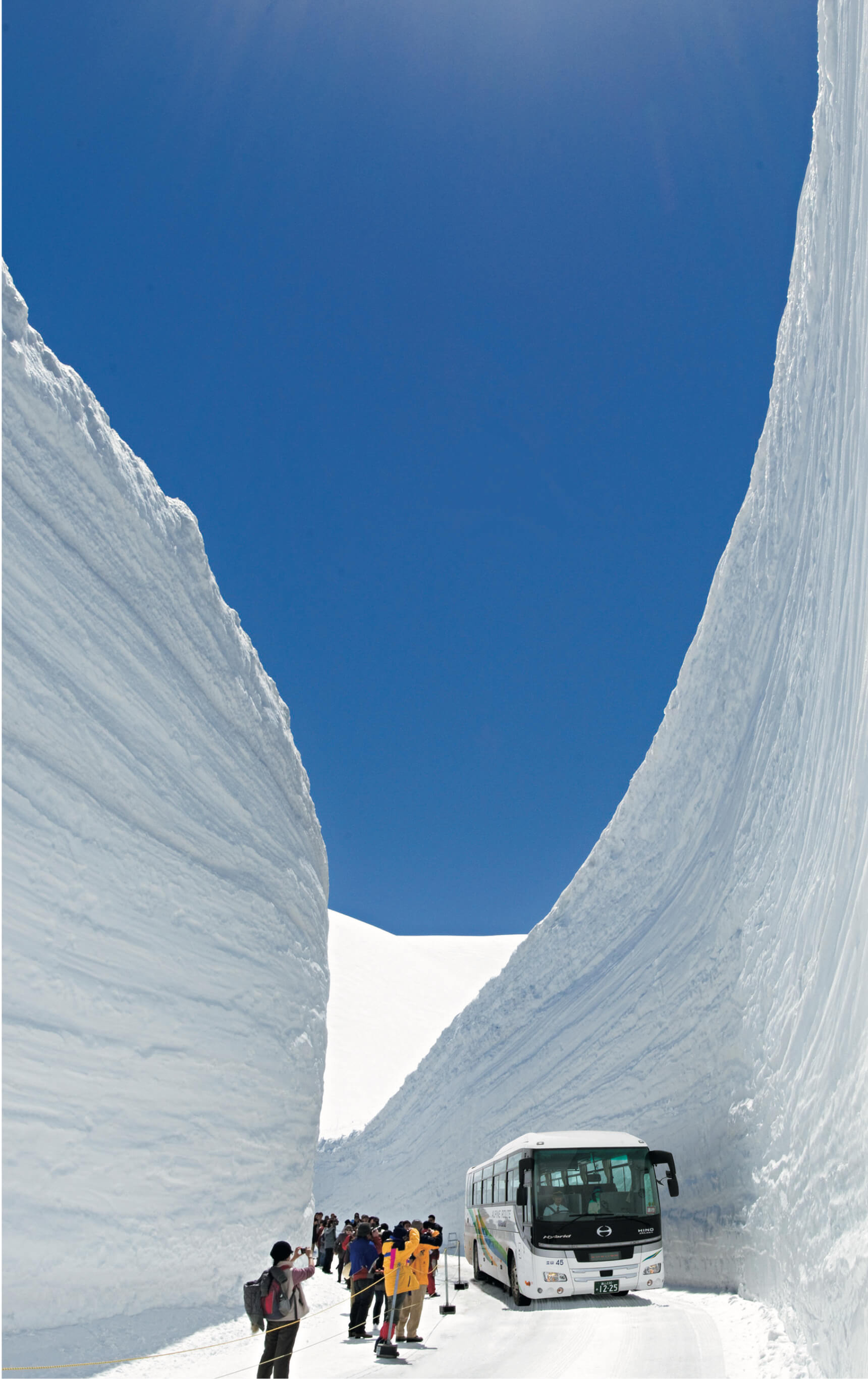
Snow walls up to 20m high!
On arriving at Bijodaira the visiblity had worsened, and when the bus dropped me at the lodge it was snowing too:
Ah well, a lovely mountain lodge and traditional Japanese style room – laid out my futon for the night then headed for dinner. All the meals at Tateyamaso were outstanding – first one was a set meal with 4 different types of fish each prepared in a different way – sashimi, grilled, deep fried and even a neat little burner set which they lit as it was put on the table. 5 mins later steam starts to come out, you remove the lid and have simmered salmon and vegetables. Plus the usual rice, miso soup and pickles.
October 19th 2022:
Next morning was a big improvement – clear blue skies and chilly. Got complimented on my chopsticks skills again at breakfast, nice chat with a retired lady from Niigata.
- Fish dinner…
- …simmering!
- Brekkie – note blue plastic glove for covid safe rice and miso acquisition!
- Lodge opposite
- View 1
- View 2
- View 3
Bus to Murodo raised us from 1930m to 2450m, proper cold and fabulous views of the now snowy Mount Tateyama and its neighbours:
Next transport: the Tateyama Tunnel Trolley Bus through the heart of the mountain, dropping from 2450m to 2316m. Electric buses, powered by overhead wire pickup, they are actually classified as trains despite not running on rails:
The section highlighted with blue lights marks where a fracture zone was encountered. In May 1957, about 1,600 m from the tunnel entrance, 660 liters/second of ice cold groundwater and a large amount of sediment gushed into the tunnel. In this fracture zone, fine cracks in the bedrock had created a soft strata that stored the groundwater. This was the hardest part of the tunnel’s construction. A feat of civil engineering construction in its time, the tunnel finally broke through after seven months of struggle.
Came out at Daikanbo to some beautiful koyo – Japanese autumn leaf colours. Got good views of it on the way down in the Tateyama Ropeway, from 2316m to 1828m. Then the Kurobe Cable Car from Kurobedaira at 1828m to Kurobeko at 1455m.
Through the exit tunnel to the lake behind the dam itself, and my final transport on this route – the cruise ship Garube for a tour of the lake.
- Ropeway views
- Kurobe Cable Car
Walking the top of the dam and looking over the edge, you see the power of the water discharge from the dam face – this is tuned to match the water level behind the dam and the power consumption needs of the grid. At peak over the summer, 10-15 tonnes of water per second can be discharged – when I visited it was probably still around 6-8 tonnes per second. There’s even a rainbow!:
Kurobe Dam is a rather poignant spot for me, as it marks what should have been the start of a trail I was due to walk 5 years ago. The hike takes you through Kurobe Gorge, a spectacular place, with the trail cut into the cliff wall around 200ft up. Most places it just has a single guide wire bolted to the wall to hang on to. There is a saying: “There are no injuries in Kurobe Gorge”. Basically if you slip – you’re dead. Unfortunately when I was due to hike, a typhoon hit 2 days beforehand… (chronicled on this blog here).
Back through cable car, ropeway and trolley bus for stroll around the Murodo Jigokudani (literally, ‘hells’). A valley with a lot of volcanic activity – the smell of sulphur and rotten eggs was strong, and some trails had been closed off to stop people being overcome by fumes.
Decided a locally brewed beer in the snow was a good idea. Then bus back to Midagahara, and a walk around the wetlands – there’s a large area of alpine marshland crisscrossed with boardwalks. A beautiful spot.
Over another great dinner, was engaged in conversation by a few locals. One elderly guy said his wife described me as a ‘very nice gentleman’ 😁, but they were rather concerned whether I was cold – it was about 3degC outside, and I was in shorts and t-shirt… Went outside for a few mins dressed the same to snap a nice night time view of Toyama.
- Mikuriga-ike Pond
- 🍻
